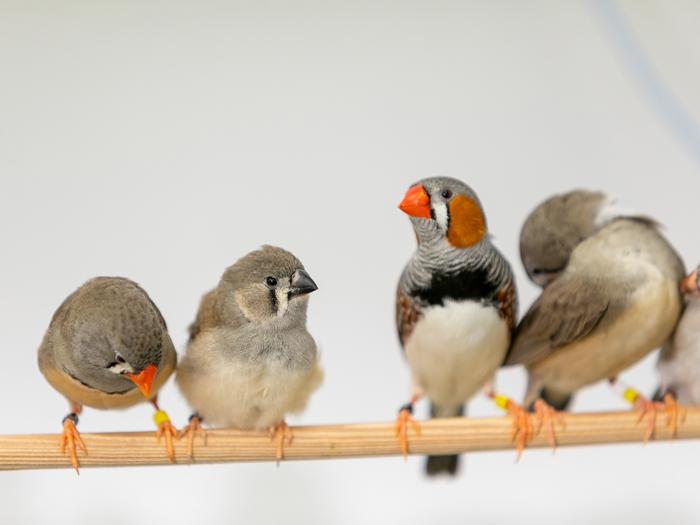Researchers at the Max Planck Institute for Biological Intelligence have discovered that the initial babbling of zebra finch chicks plays a crucial role in their ability to memorize songs, even before they practice singing on their own. This finding challenges the previous concept of song learning in zebra finches and is in line with observations in human infants, where babbling is essential for language acquisition.
Male zebra finch chicks go through two learning phases: the sensory phase, where they memorize the song of their tutor (usually their father), and the sensorimotor phase, where they refine their own vocalizations to resemble the memorized song. Albertine Leitão and Manfred Gahr from the Max Planck Institute for Biological Intelligence have now shown that babbling initiates the sensory phase, not just the sensorimotor phase as previously thought.
Testosterone Treatment and Temporarily Muted Chicks Reveal the Link
The researchers gave male zebra finch chicks the sex hormone testosterone, which caused them to start babbling earlier than usual. Interestingly, the sensory phase also started earlier in these cases. To confirm the link between babbling and song memorization, the researchers studied chicks that were temporarily unable to babble and found that they were unable to memorize their tutor’s song.
These findings suggest that babbling creates connections in the brain that enable zebra finches to memorize and store songs. This is consistent with findings in humans, where pre-linguistic babbling plays a decisive role in language acquisition success.
The study, conducted by researchers at the Max Planck Institute for Biological Intelligence, sheds new light on the importance of babbling in the song learning process of zebra finches and draws parallels to language acquisition in human infants. The findings challenge the previous understanding of song learning in these birds and highlight the critical role of early vocalizations in both birds and humans.


